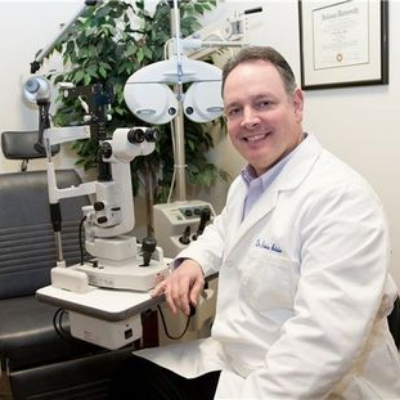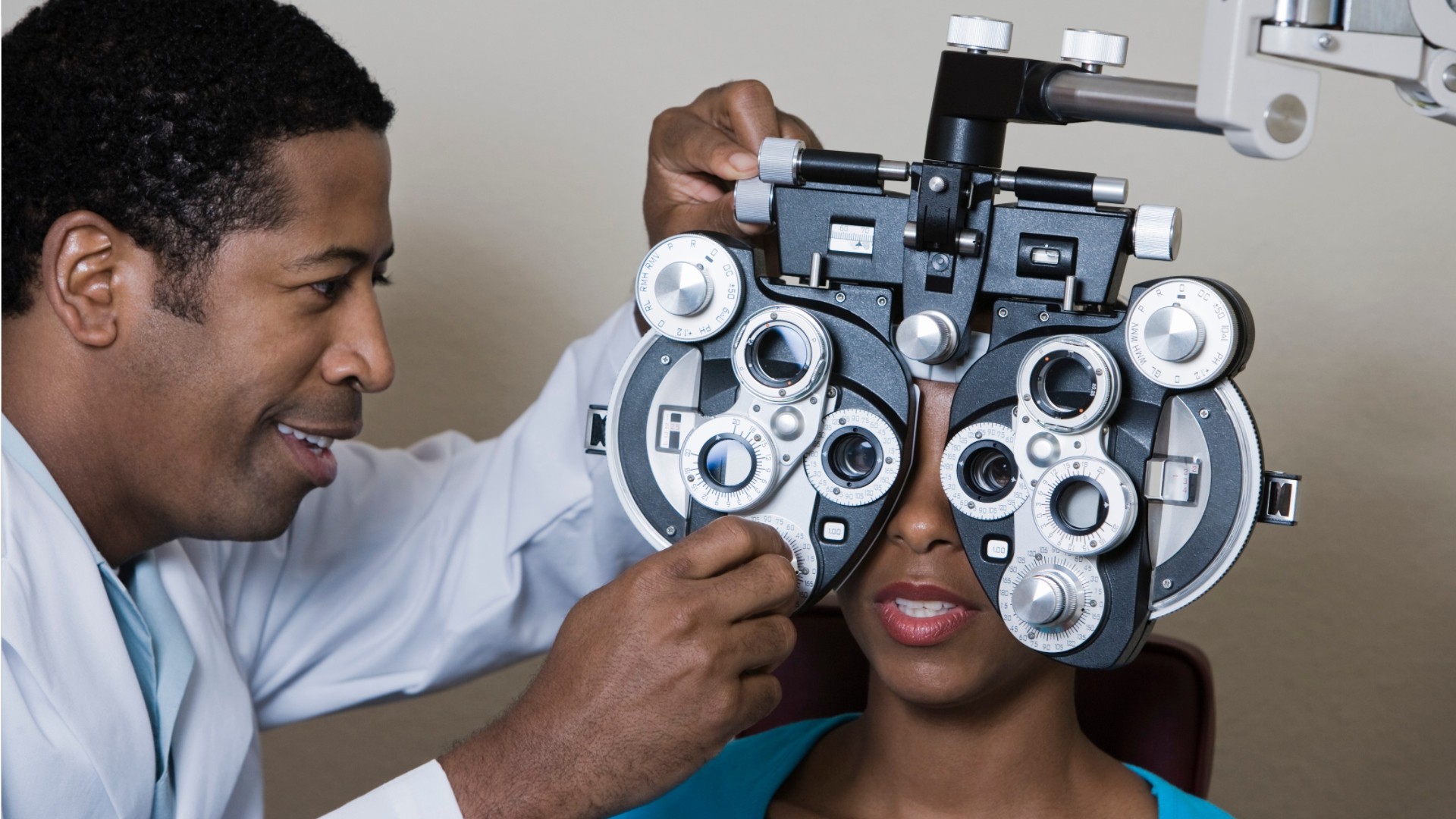Recognizing the Function of Your Eye Doctor in Maintaining Vision
Checking Out the Most Recent Technical Improvements in Optometry and What They Mean for Optometrists
In the ever-evolving field of optometry, recent technical developments are improving how professionals come close to eye care. From the precision of Optical Comprehensibility Tomography to the nuanced insights supplied by AI-driven analysis tools, these technologies are establishing brand-new criteria in patient analysis and therapy. Teleoptometry is poised to redefine access, making sure that know-how transcends geographical constraints. As these developments penetrate the method, optometrists are faced with the difficulty of embracing these devices to enhance person outcomes. The question stays: exactly how will these technical shifts redefine the roles and duties within the profession?
Innovations in Diagnostic Equipment
Progressing the area of optometry, advancements in diagnostic tools have actually revolutionized the means eye treatment professionals evaluate and diagnose aesthetic disabilities and eye conditions. The previous decade has actually experienced substantial technological advancements, enabling even more extensive and accurate assessments.
An additional trick technology is the introduction of advanced corneal topography systems, which map the surface area curvature of the cornea with accuracy. These devices are specifically beneficial for suitable get in touch with lenses and detecting corneal conditions. In addition, electronic retinal imaging has actually transformed standard ophthalmoscopy, providing detailed, breathtaking views of the retina that assist in extensive aesthetic examinations.
The growth of wavefront aberrometry has likewise been vital, making it possible for the analysis of refractive mistakes with unrivaled precision (Opticore Optometry). This modern technology aids in customizing restorative lenses and improving medical results for refractive surgical procedures. Collectively, these diagnostic improvements equip eye doctors to provide remarkable client treatment, ensuring early intervention and customized treatment approaches, inevitably boosting aesthetic health outcomes
AI in Patient Monitoring
Structure on the foundation of sophisticated diagnostic tools, the incorporation of fabricated intelligence (AI) in person monitoring represents a transformative jump for optometry. AI systems are increasingly employed to improve efficiency, precision, and personalization in person treatment.
Moreover, AI-driven platforms facilitate structured client communications and administrative procedures. Automated organizing, online consultations, and customized follow-up strategies not just boost client satisfaction yet likewise maximize time management for specialists. These systems can triage people based on the seriousness of their problems, ensuring that those in crucial requirement obtain prompt focus.
In addition, AI enhances decision-making by offering optometrists with evidence-based referrals and therapy pathways. By integrating data from digital health records, AI tools use insights that inform scientific choices, reducing the danger of mistakes and enhancing individual end results. As AI remains to progress, its duty in individual administration will likely increase, improving the landscape of optometric treatment.
Advancements in Retinal Imaging
In the world of optometry, retinal imaging has actually observed impressive technological developments that are enhancing analysis capacities and individual treatment. Advancements such as Optical Comprehensibility Tomography (OCT) and fundus digital photography have actually revolutionized exactly how optometrists picture and analyze the retina. OCT, particularly, gives high-resolution, cross-sectional pictures of the retina, enabling the detailed exam of its layers. This capacity is important for early detection and monitoring of problems like glaucoma, diabetic person retinopathy, and age-related macular deterioration.
Enhanced imaging modalities like OCT angiography are additional refining diagnostic accuracy. This non-invasive strategy maps blood circulation in the retina, using crucial insights right into vascular health without visit here the demand for color shots. Furthermore, flexible optics innovation is being integrated into retinal imaging systems to deal with ocular aberrations, supplying extraordinary photo clarity. Such innovations assist in the recognition of minute retinal adjustments that could symbolize condition progression.
Additionally, advancements in fabricated intelligence are enhancing retinal imaging by allowing computerized analysis of big datasets. These systems help optometrists in recognizing patterns indicative of pathology, thus improving diagnostic precision and performance. Collectively, these innovations are changing retinal imaging into a keystone of modern-day eye treatment, enhancing end results and expanding restorative possibilities.
Teleoptometry's Expanding Role
Teleoptometry is progressively ending up being an important part of eye treatment, driven by innovations in electronic communication and analysis devices. As optometry welcomes electronic transformation, teleoptometry assists in remote appointments, permitting eye doctors to prolong their solutions beyond conventional limits. This is specifically advantageous in underserved and rural locations where access to specialized eye treatment is frequently restricted. By leveraging high-resolution video clip conferencing and progressed retinal imaging, optometrists can conduct comprehensive eye tests from afar, ensuring timely medical diagnosis and therapy.
The combination of synthetic intelligence (AI) more improves teleoptometry, making it possible for the analysis of visual information and helping in the discovery of ocular problems such as glaucoma and diabetic person retinopathy. AI-powered algorithms can swiftly translate complex imaging data, offering eye doctors with useful understandings that bolster clinical decision-making.
In addition, teleoptometry supports connection of care via seamless assimilation with electronic wellness records (EHRs), permitting optometrists to keep detailed client backgrounds. This makes sure that patients get consistent and tailored treatment even when consulting with various practitioners.
In spite of these advantages, obstacles stay, consisting of making certain data safety and taking care of client expectations. Teleoptometry stands for a substantial stride in the direction of more available, reliable, and patient-centered eye treatment. As innovation advances, its role is poised to expand further.

Future Patterns in Eye Treatment
A myriad of cutting-edge patterns is readied to reshape the future of eye care, driven by technological developments and the evolving requirements of individuals. One substantial fad is the assimilation of fabricated intelligence (AI) in diagnostics, which guarantees to enhance the accuracy and performance of eye exams. see this website AI formulas can evaluate huge amounts of data from retinal images, possibly discovering problems like diabetic retinopathy and glaucoma earlier than standard methods.
Additionally, personalized medicine is acquiring traction in optometry, with hereditary screening educating tailored therapy plans. This approach intends to maximize person results by customizing treatments to private genetic profiles. Wearable modern technology, such as wise get in touch with lenses, is additionally imminent, supplying real-time tracking of intraocular stress or glucose degrees, therefore providing continual insights right into ocular and systemic health and wellness.
The fostering of augmented truth (AR) and virtual fact (VR) in training and individual education is another arising trend. These site here innovations provide immersive experiences that can boost understanding and skills both for people and eye doctors. As these patterns evolve, eye doctors should stay abreast of technical improvements to give innovative treatment, guaranteeing enhanced patient results and contentment in the vibrant landscape of eye care.
Conclusion

Jointly, these analysis innovations empower eye doctors to deliver exceptional person care, making sure very early intervention and tailored therapy methods, ultimately boosting visual health outcomes.

As these innovations proceed to advance, optometrists should adjust and integrate them right into method, eventually optimizing process performance and boosting the requirement of eye care delivered to people.